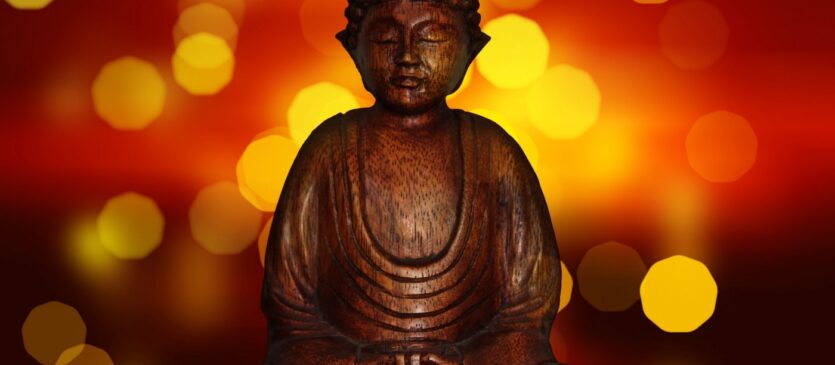It is never too late to get in shape. Even seniors with limited mobility can design a gentle exercise routine that improves their physical, mental, and spiritual health. Of course, seniors can’t do all the heavy exercise routines that the younger crowd can take advantage of. Seniors should
avoid exercises that place heavy emphasis on their back and joints, such as leg presses and running. However, these restrictions do not mean that seniors can’t do anything to get in shape and help their mental health. In fact, yoga and meditation are perfect practices for seniors who want to get in shape and avoid many of the mental diseases that occur later in their life. Plus, getting started is easy! Just follow these simple steps.
Learn About Yoga
Yoga can seem mystical and complicated to those who aren’t used to it, but it is actually very simple. Yoga is simply an exercise practice that involves moving and stretching your body in a certain way. There are no weight or intensive movements involved, which makes it a great choice for seniors. Yoga can provide many benefits to seniors, such as improved mobility, flexibility, and balance.
In this way, yoga is a great preventative exercise that can help prevent some physical diseases that commonly strike seniors.
Of course, not all types of yoga are created equal. According to the AARP, the best way to find which type of yoga works best for you is to attend a beginner’s yoga class. Many yoga studios have classes for seniors or individuals with special restrictions such as ankle or back problems.
If your mobility is particularly hindered, you might even want to try chair yoga.
Learn About Meditation
Meditation is an extremely good practice to balance out the physicality of yoga. While yoga can take care of your physical body, meditation can improve your mental health. Meditation can
slow the progression of Alzheimer’s, keep your mind in tip-top shape, and even help you manage your moods and emotions. Meditation is even used for some mental diseases, such as those undergoing addiction recovery. Often, those with mental illnesses such as this need to have a good relationship with their spiritual selves just like with their physical selves. In more ways than one, meditation is a great choice for seniors. Because most meditation is done while seated, even those with extremely limited mobility can take part quite easily.
Just like with yoga, there are many types of meditation. One of the most common and easiest ones to get started with is called mindfulness meditation. Mindfulness meditation simply involves slowing down and being mindful of your surroundings. To get started, you can sit in a chair, close your eyes, and pay attention to the sounds, smells, and sensations present around you and within your body.
At first, you might only be able to concentrate for a second or two, but you will soon be able to concentrate for upwards of 30 minutes without difficulties.
One of the great things about meditation is that you can do it just about anywhere — all you need is a little peace and quiet. If you have extra room in your home, you can easily set up a dedicated meditation space with some calming décor and ambient lighting. However, it’s important to select an area that’s away from the main flow of the house; if you choose an area near the kitchen, for example, you might not find the peace and serenity you crave.
Design a Practice That Suits You
Once you figure out what sort of yoga and meditation you’re interested in, it’s time to weave them into a practice that suits you. You might be thinking that there is no possible way you can do both yoga and meditation in one day, but it is very easy to combine them. In fact, according to
USA Today, meditation and yoga are commonly performed together. Many yoga practices have a meditation at the end to help practitioners relax afterward. However, you can meditate and perform yoga at the same time with only minimal practice. Simply concentrate on how your body feels and the sensations around you as you perform your yoga sequence.
Yoga and meditation can provide seniors with many benefits. They are a lot easier to implement
and begin than you might think and require no specialized training to start. Hopefully, this article has provided you with a springboard to begin your practice. See you on the mat!
Photo Credit: Pexels
Article written by Harry Cline, creator of newcaregiver.org



Leave a Reply